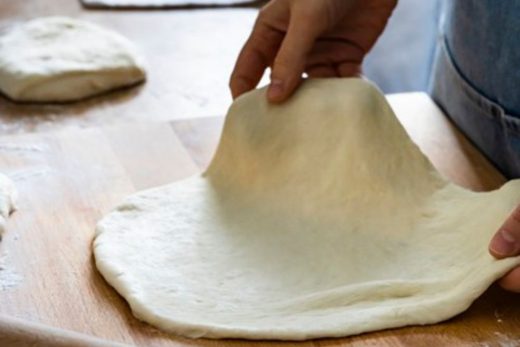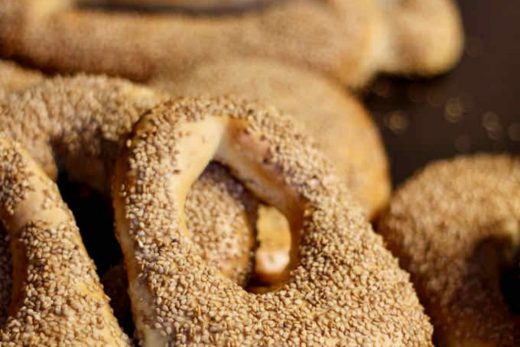Your starter should not only show signs of strong activity but also have a relatively thick viscosity. Bakers add starter in amounts upward of 20 percent of the total flour weight in a dough, so you don’t want an overly thin starter going into the mix. Putting aside hydration levels (the amount of water relative to flour), the thickness of a starter is largely determined by its maturity. A starter is a pre-fermented mix of flour and water, and over time, acids build up in that mixture; at first, the texture may be stiff, but as a starter matures, the buildup of acids coupled with enzymatic activity begin to break down gluten, resulting in a runnier viscosity. So depending on timing, this mixture can have a texture ranging from relatively stiff to runny, or even soupy. Using a starter at peak activity—before the mixture collapses and thins—is a helpful way to ensure that you aren’t adding excessively proteolytic, gluten-degraded soup to your dough.





